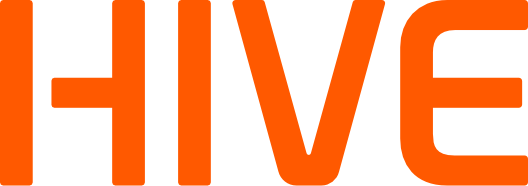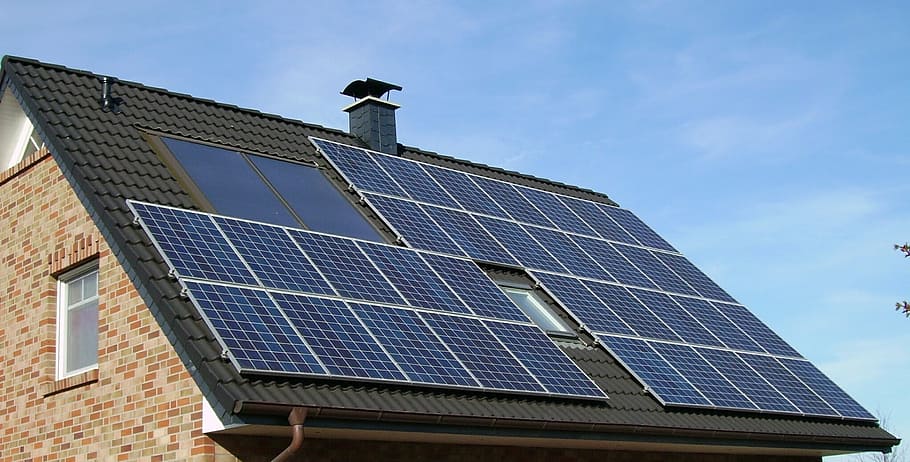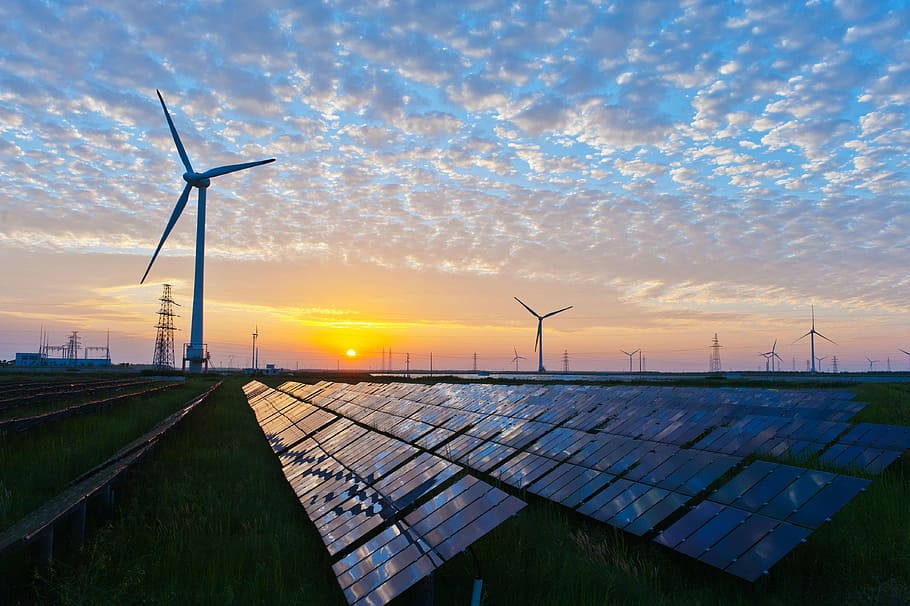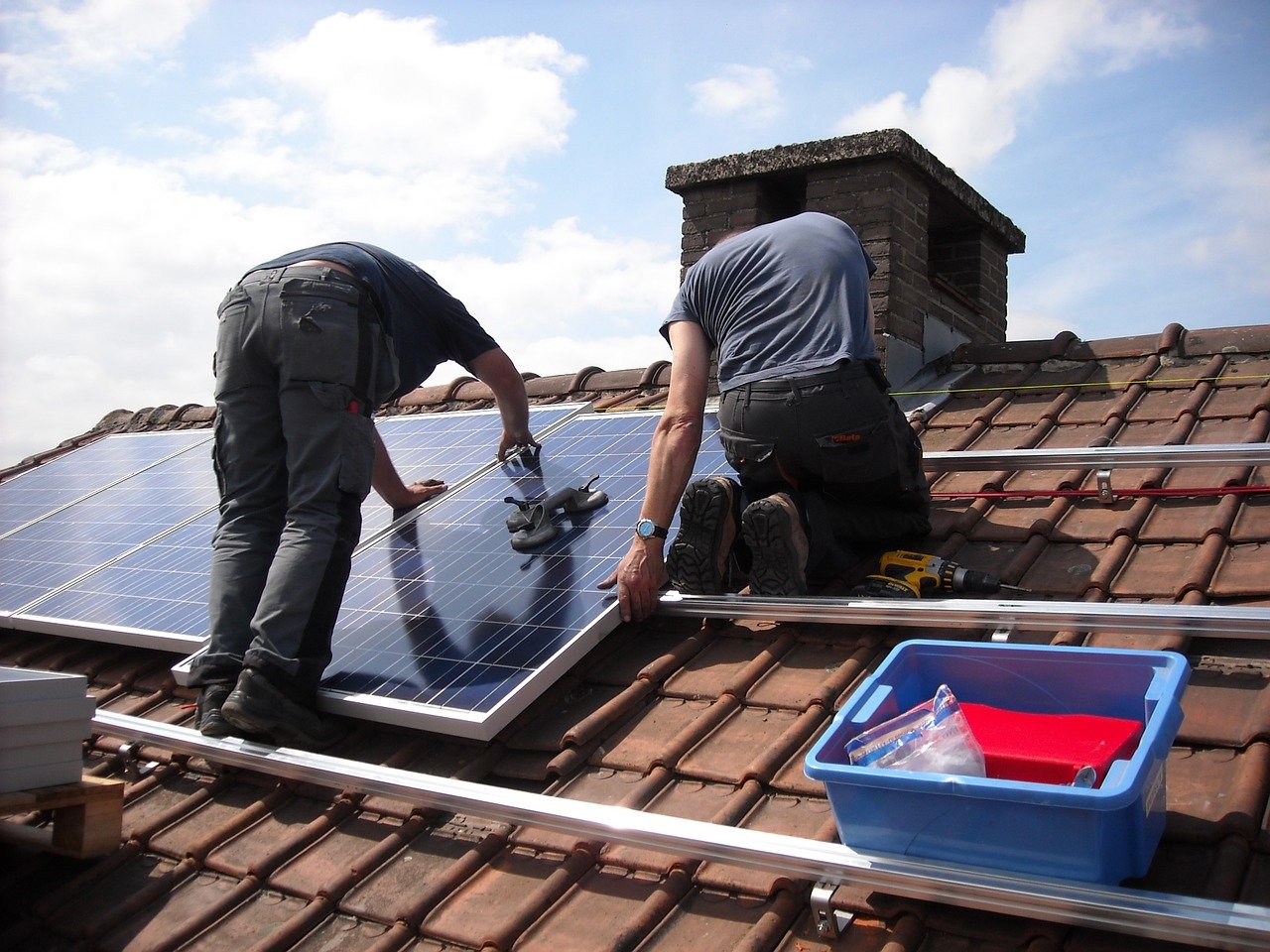When installing a solar energy system, the choice between microinverters and optimizers can significantly impact its performance, efficiency, and cost. While both technologies have their advantages, optimizers are often the preferred choice for UK homes, particularly when three or more solar modules are installed on a single orientation. Let’s break down the key differences to help you make an informed decision.
What Are Microinverters?
Microinverters are small devices installed beneath each solar panel. Instead of a central inverter, each panel has its own microinverter to convert DC power to AC power.
Advantages of Microinverters:
- Panel-Level Optimization: Each panel operates independently, which is beneficial for setups where shading or obstructions affect individual panels.
- Enhanced Monitoring: Microinverters offer panel-level performance data, allowing for detailed system insights.
- Increased Safety: As DC power is converted to AC immediately, there is no high-voltage DC running through your system.
Drawbacks of Microinverters:
- Higher Cost: Microinverters are significantly more expensive upfront compared to systems using optimizers.
- Complex Maintenance: With more components, microinverter systems can be harder and costlier to repair if issues arise.
- Less Practical for Larger Systems: For setups with more panels, the costs of microinverters increase dramatically.
What Are Optimizers?
Optimizers work with a central inverter, installed beneath each solar panel. They optimize the performance of each panel individually while still sending DC power to the central inverter for conversion to AC power.
Advantages of Optimizers:
- Cost-Effective Solution: Optimizers are typically more affordable than microinverters, making them ideal for residential systems.
- Panel-Level Optimization: Like microinverters, optimizers allow each panel to operate at its peak efficiency, even if others are shaded or underperforming.
- Simpler Maintenance: With a central inverter managing the system, fewer components are exposed to potential failure.
- Ideal for Uniform Setups: Optimizers are particularly well-suited for systems where 3 or more panels are installed on a single orientation, common in UK homes.
Drawbacks of Optimizers:
- Dependent on Central Inverter: If the central inverter fails, the entire system may go offline until repaired.
- Less Granular Data: While optimizers provide panel-level performance monitoring, the granularity of data may not match that of microinverters.
Why Optimizers Are the Right Choice for Most UK Homes
For most UK residential setups, optimizers strike the perfect balance between cost, performance, and reliability. Here’s why:
- Cost Efficiency: Optimizers are more affordable upfront and require fewer repairs over their lifespan.
- Performance Optimization: They ensure panels operate independently, minimizing the impact of shading or dirt on a single panel.
- Perfect for Standard Roofs: In UK homes where 3 or more panels are installed on one orientation, optimizers deliver excellent performance without the added cost of microinverters.
- Scalability: Optimizers are ideal for expanding your system in the future while maintaining consistent performance.
Infinity Renewables: Helping You Make the Right Choice
At Infinity Renewables, we specialize in designing solar systems tailored to your unique needs. While microinverters may be suitable for some installations, optimizers are often the smarter choice for most UK homes. They provide a cost-effective, reliable, and high-performing solution for residential setups with multiple panels on a single orientation.
If you’re considering a solar energy system and want expert advice, our team is here to help. We’ll guide you through the process, ensuring your system delivers maximum efficiency and value for years to come.
For more insights into renewable energy technologies, visit the Info Hub regularly for updates from our experts.








